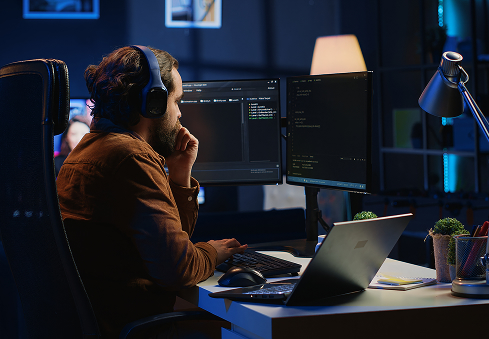
Web Design for Beginners
Course Published
The course has been published. You can now view the main course.
Web Design for Beginners
IT Technician at IBM
What Will You Learn?
About This Course
You can launch a new career in web development today by learning HTML & CSS. You don't need a computer science degree or expensive software. All you need is a computer, a bit of time, a lot of determination, and a teacher you trust. I've taught HTML and CSS to countless coworkers and held training sessions for fortune 100 companies. I am that teacher you can trust.
Don't limit yourself by creating websites with some cheesy “site-builder" tool. This course teaches you how to take 100% control over your webpages by using the same concepts that every professional website is created with.
This course does not assume any prior experience. We start at square one and learn together bit by bit. By the end of the course you will have created (by hand) a website that looks great on phones, tablets, laptops, and desktops alike.
In the summer of 2020 the course has received a new section where we push our website live up onto the web using the free GitHub Pages service; this means you'll be able to share a link to what you've created with your friends, family, colleagues and the world!
Requirements



Course Specifications
Tags



Reply to Comment